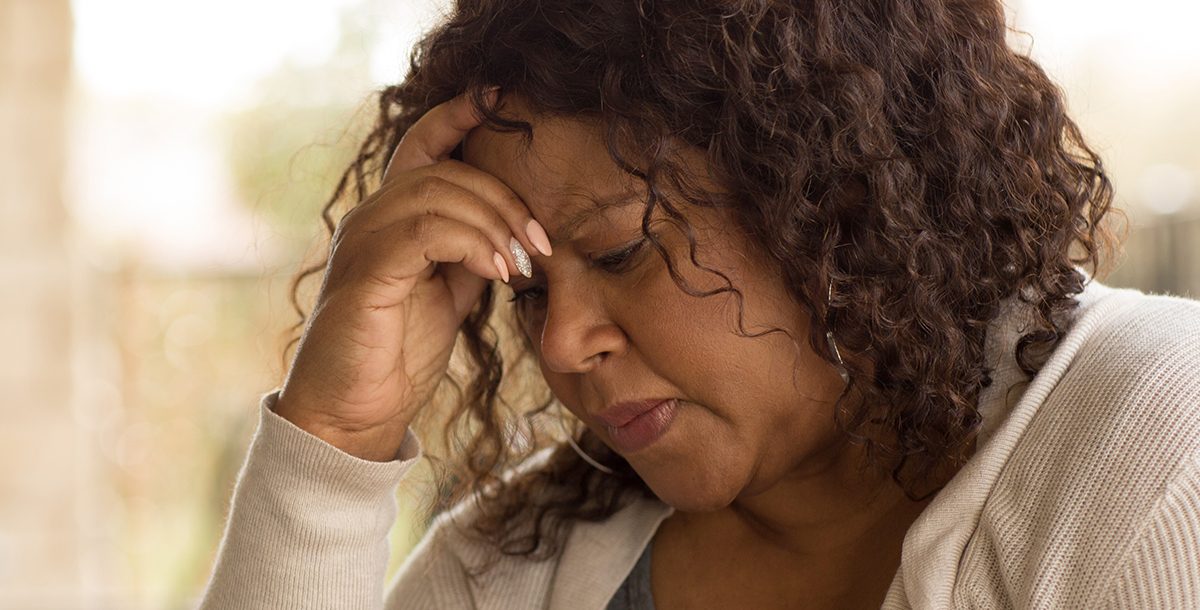When you seek out therapy, you may hear different terms. You could have post-traumatic stress disorder, or PTSD. Or you could have an acute stress disorder. Maybe you are suffering from anxiety. But what’s the difference between acute stress disorder vs. PTSD vs. anxiety?
Difference between acute stress disorder, PTSD and anxiety
- Acute stress disorder, or ASD, is a part of PTSD. It’s a mental disorder that might develop within the first month after a stressful or traumatic event in your life.
- PTSD stands for post-traumatic stress disorder. This emotional issue develops after a traumatic or stressful event occurs in your life, usually following acute stress disorder.
- Anxiety is a general term. It covers many issues, including PTSD and acute stress disorders. You may have constant anxious thoughts and feelings that something bad may happen.
Let’s look at the symptoms and treatments for each.
Acute stress disorder symptoms
Acute stress disorder symptoms typically begin a few weeks after a traumatic event. Many of acute stress disorder’s dissociative symptoms can last a few days or a month, or symptoms can turn into PTSD. Symptoms of acute stress disorder include:
- Feeling numb emotionally
- Disassociation from your surroundings
- Reduced awareness of your environment
- Detachment from your thoughts and emotions and surroundings
- Dissociative amnesia, or when you don’t remember portions of the traumatic event
Acute stress disorder treatment
Acute stress disorder can lead to PTSD if not treated early. If you have symptoms of acute stress disorder, it’s best to quickly address the problem. Since acute stress disorder was previously categorized as an anxiety disorder, medication that is commonly used to treat anxiety could help temporarily. However, it has since been recategorized as a condition associated with trauma.
Cognitive behavioral therapy (CBT) therapy is the first line of treatment for acute stress disorder. CBT offers coping strategies to reduce symptoms. It can help you from developing PTSD. A mindfulness practice, including meditation and breathing exercises, can also reduce acute stress disorder symptoms.
PTSD symptoms
Symptoms of PTSD begin after witnessing or experiencing a traumatic event. An event could be an accident, sexual assault, war or natural disaster, for example. Symptoms of PTSD include:
- Frequent flashbacks
- Frequent nightmares
- Avoiding talking or thinking about what happened
- Changes in behavior such as emotional or angry outbursts
- Mood swings from feeling down, hopeless, guilty and ashamed
- Increases in risky behaviors such as erratic driving or substance abuse
- Mood swings from feeling down, hopeless, guilty and ashamed
- Avoiding people, places or events that remind you of the traumatic event
- Exhibiting suicide warning signs
PTSD treatment
You can treat PTSD. Therapy does not erase the event, but it can reduce symptoms. Therapy helps you to think about the memory in a way that no longer causes you distress. As with acute stress disorder, although PTSD is associated with trauma, it was once categorized as an anxiety disorder and can temporarily be treated with medication. However, therapy is typically the preferred treatment for long-term results. Recommended treatments for PTSD include:
- Psychotherapy: This is the most common treatment. The therapy helps you process the memory. Therapy gives you skills to cope with what happened.
- Cognitive processing therapy (CPT): This is another popular option that teaches you to gain back control of your life. You gain control by adjusting the negative thoughts you have about the event. It is a specific type of cognitive behavioral therapy (CBT), which is used to reduce feelings of anxiety.
- Prolonged exposure: This method teaches you how to face things you have avoided since the event.
- Eye movement desensitization and reprocessing (EMDR): This treatment helps you make sense of the trauma. A therapist uses a back-and-forth movement (with a light or finger, for example) to help the brain process the trauma.
Anxiety symptoms
Symptoms of anxiety are an emotional response to a problem or situation. Sometimes they occur if you’re experiencing a problem at work or home, or you could be feeling anxiety if you are stuck in traffic or late arriving somewhere. These symptoms can also occur with PTSD symptoms. Here are the symptoms of anxiety:
- Chest pains
- Trouble sleeping
- Feelings of terror
- Shortness of breath
- Excessive worrying
- Becoming easily tired
- Trouble concentrating
- Trembling and shaking
- Sweating and hot flashes
- Feeling on edge and tense
- Increased heart palpitations
While these symptoms are associated with anxiety, many are also commonly exhibited with anxiety disorders. These conditions – such as phobias, panic disorder, generalized anxiety disorder and social anxiety disorder – are often normal until they become too intense or interrupt your daily life.
Anxiety treatment
Whether you have occasional or frequent anxiety, therapy can help. Anti-anxiety or antidepressant medications are frequently prescribed for anxiety. But you do not always need medicine. Instead, you can try CBT, or cognitive behavioral therapy. CBT teaches you different ways of thinking, behaving and responding to situations that cause anxiety. Many people also find meditation and mindfulness exercises help manage anxiety. These practices calm the mind down.
Next steps
While you may be unsure if what you’re feeling are symptoms of acute stress disorder vs. PTSD vs. anxiety, exhibiting those feelings and actions are worth exploring with a professional. You can reach out to your primary care provider if you don’t know how to get started, or you can work directly with a mental health professional from the outset.
However, you can’t ignore your mental health – learn how to talk about mental health with a provider, family and at work.





